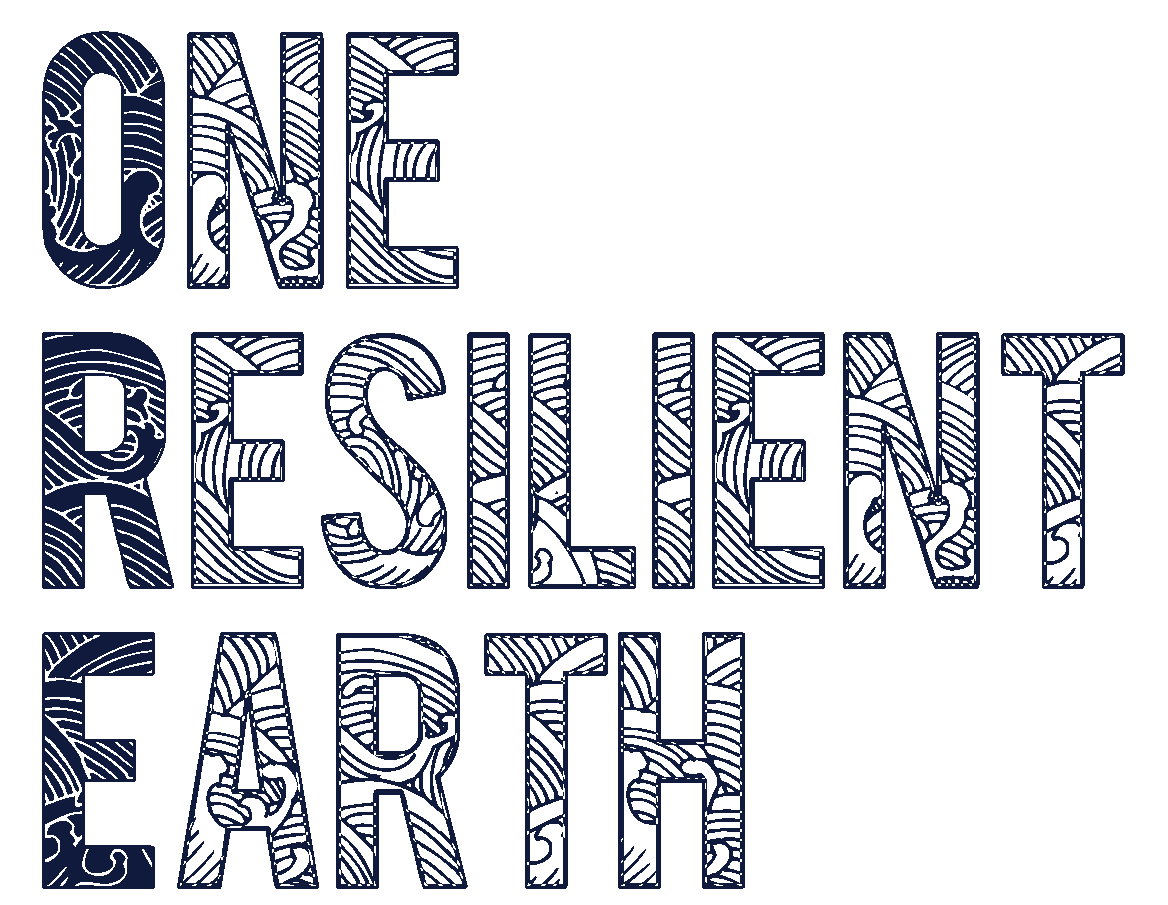The Open Mind Series is a selection of interviews with artists, designers and other ‘creators’ from around the world giving us an insight into how they see the world now and tomorrow. No qualifications required. No taboo. No right or wrong. Just openness. And artworks.
How do you imagine the world in 20 years?

A world in which we have learnt to carve out our inner “dark parks”, spaces untouched by light pollution where we can see the stars. The world will have accelerated in many devastating ways, but I imagine that with that will come a deeper sense of the spiritual.
How do you imagine the world in 1000 years?
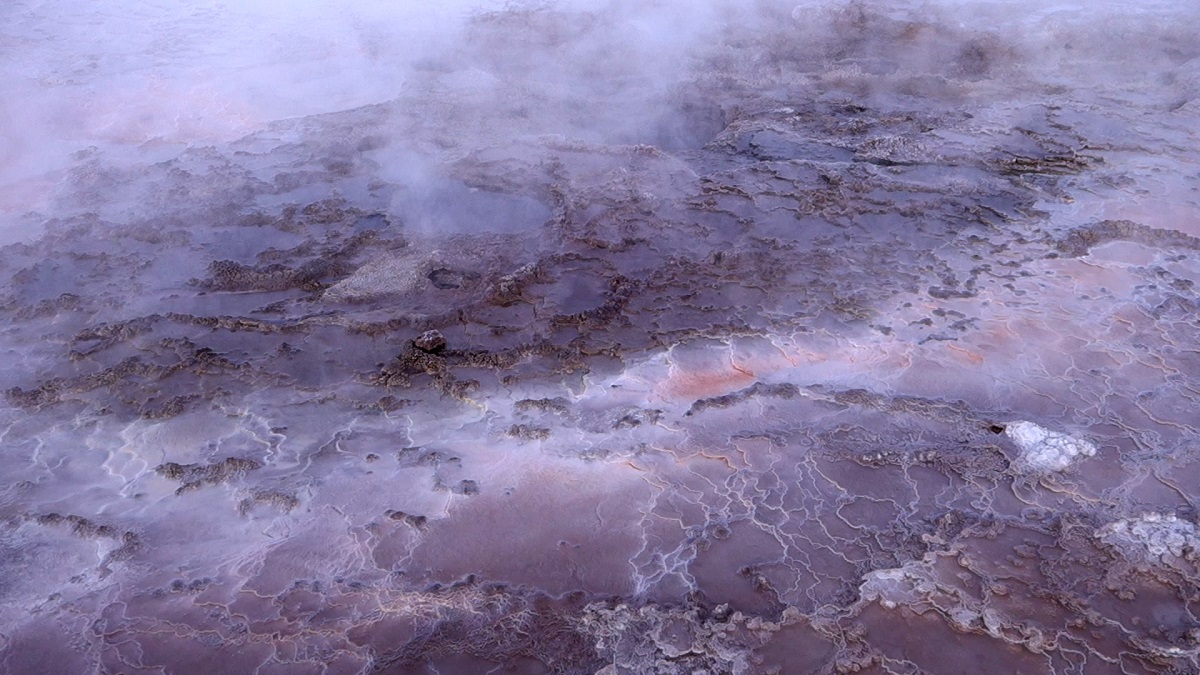
I’m bad at scale and in reality, there’ll probably be robots flying around and we’ll be arguing about artificial intelligence, but I *hope* we’ll have released the prejudices of the past towards a renewable, recycled present. This means that I imagine lots of multicultural babies, the end of the nation state, gardens everywhere and a chance, perhaps, to view ourselves from the outside, from the moon.
What is the emotion that drives you in your work?
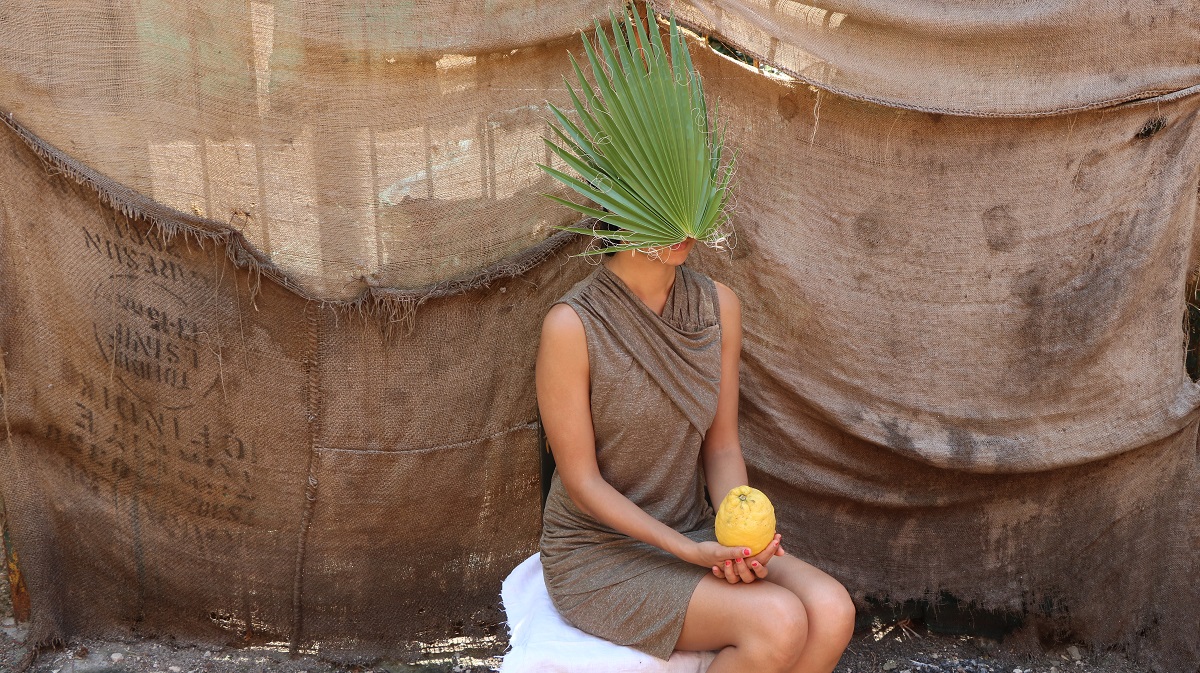
Curiosity. Idealism.
How do you care for your community?
I always loved that the word “gossip” comes from midwives exchanging knowledge with each other. I think calling, chatting, checking in with each other, sometimes speaking about nothing at all, sometimes going deep into ideas, is a form of care that is both loving and critical. It keeps loneliness, the thing that halts all practice, at bay, and lets joy in.
How do you connect with the Earth today?
Storytelling from the perspective of ice, or a stone, a tree, a branch, a ray of light, for me is such an intense way to build a relationship with the Earth. And language becoming a thing that doesn’t separate us from the natural world, but a way of entangling us in its system of exchanges.
What is your dream for the arts world?
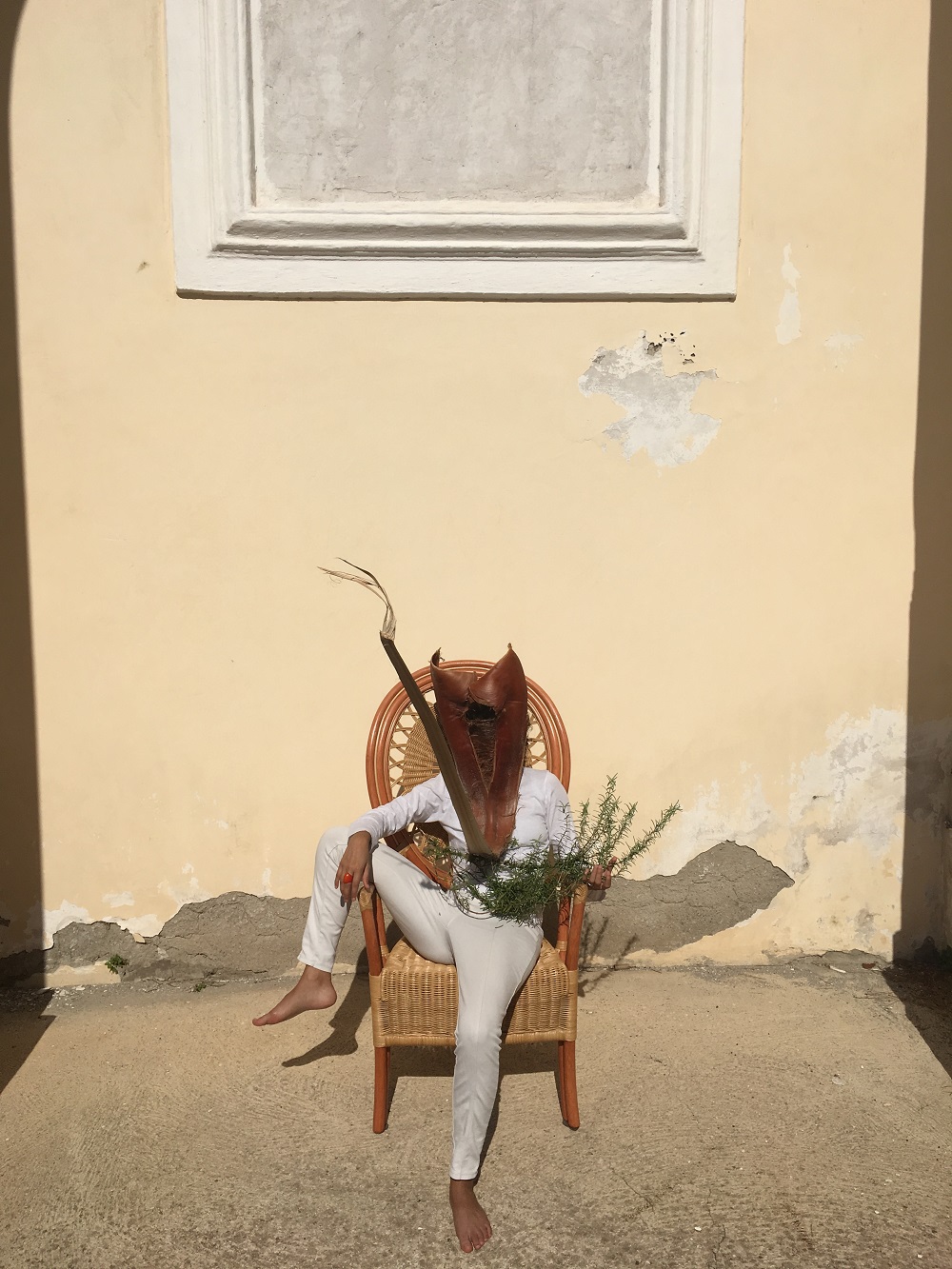
That our work is recognized as essential, critical and rigorous. That intuition can be recognized as a science of its own. And that the art world itself can constantly strive towards a more equitable place, and consume less energy, practically and figuratively.
What does your dream life look like?
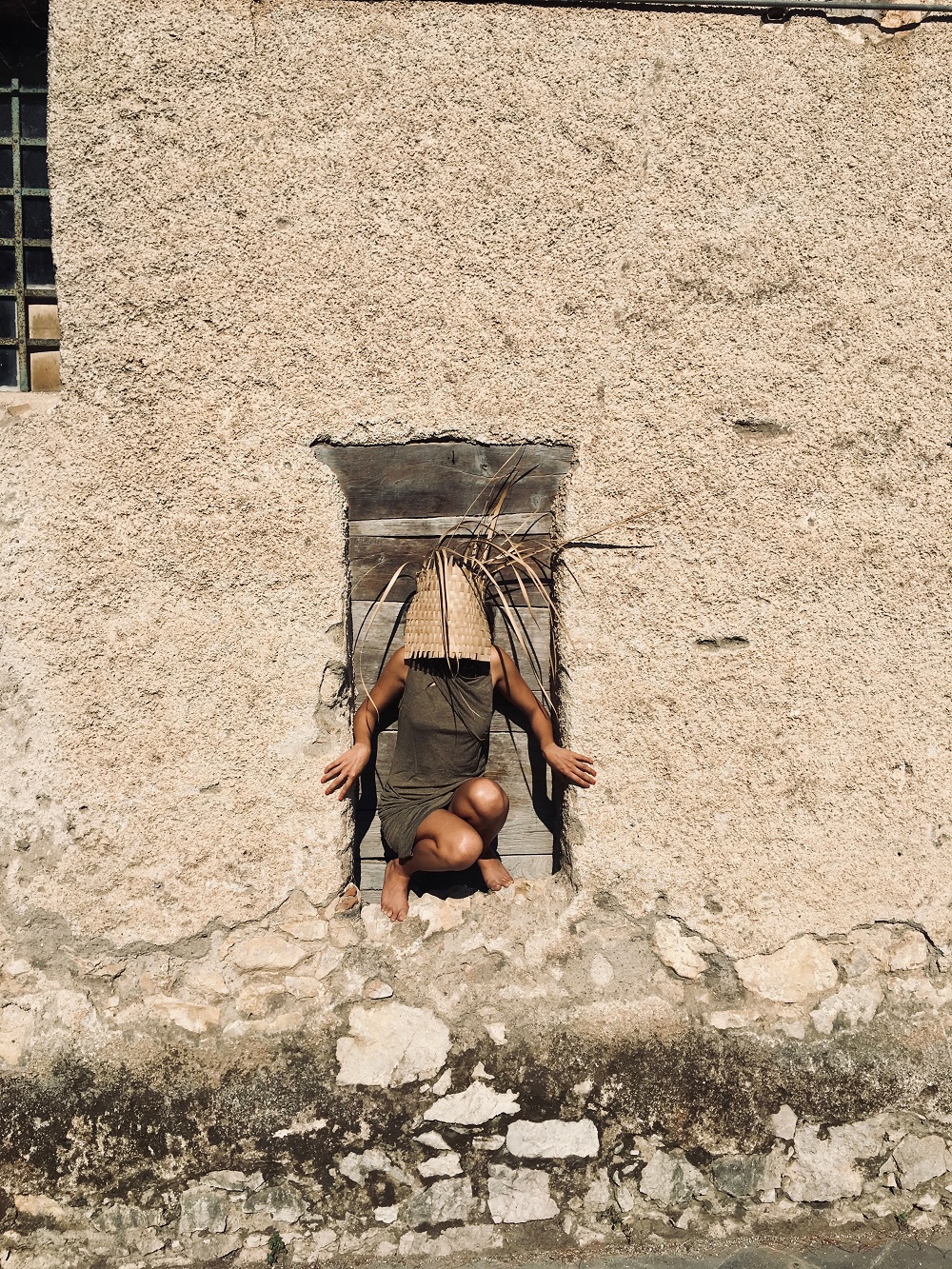
Traveling, traveling, traveling, especially to places where cherry tomatoes grow organically.
What’s the best thing on earth?

Cherry tomatoes of course. But really, that we don’t know how dreams happen and what life after death looks like.
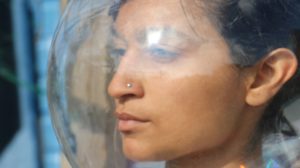
Himali is a writer and artist based between London and Delhi. She uses metaphors from outer space and the natural environment to construct imaginary cosmologies of interferences, entanglements, deep voids, debris, delays, alienation, distance and intimacy. She thinks through ecological loss, and the loss of home, seeking shelter somewhere in the radicality of love. Her speculations are performed in audio-visual, immersive environments.
Website: https://www.himalisinghsoin.com/
Instagram: @himalisinghsoin
One Resilient Earth discovered the work of Himali Singh Soin through a collaboration on the Hypertopia exhibition curated by State Studio in Berlin. Further information, including the field explorations of the Hypertopia exhibition, can be accessed online. A publication on the exhibition will also be available at the end of March 2021.
The work of Himali Singh Soin opened One Resilient Earth’s first arts-science lecture titled ‘From Climatic paradigm to Socio-ecological Metamorphosis?‘, as part of our open lecture series on ‘Ecology and the Metamorphosis of Modern Society‘ in partnership with the University of Bonn.
